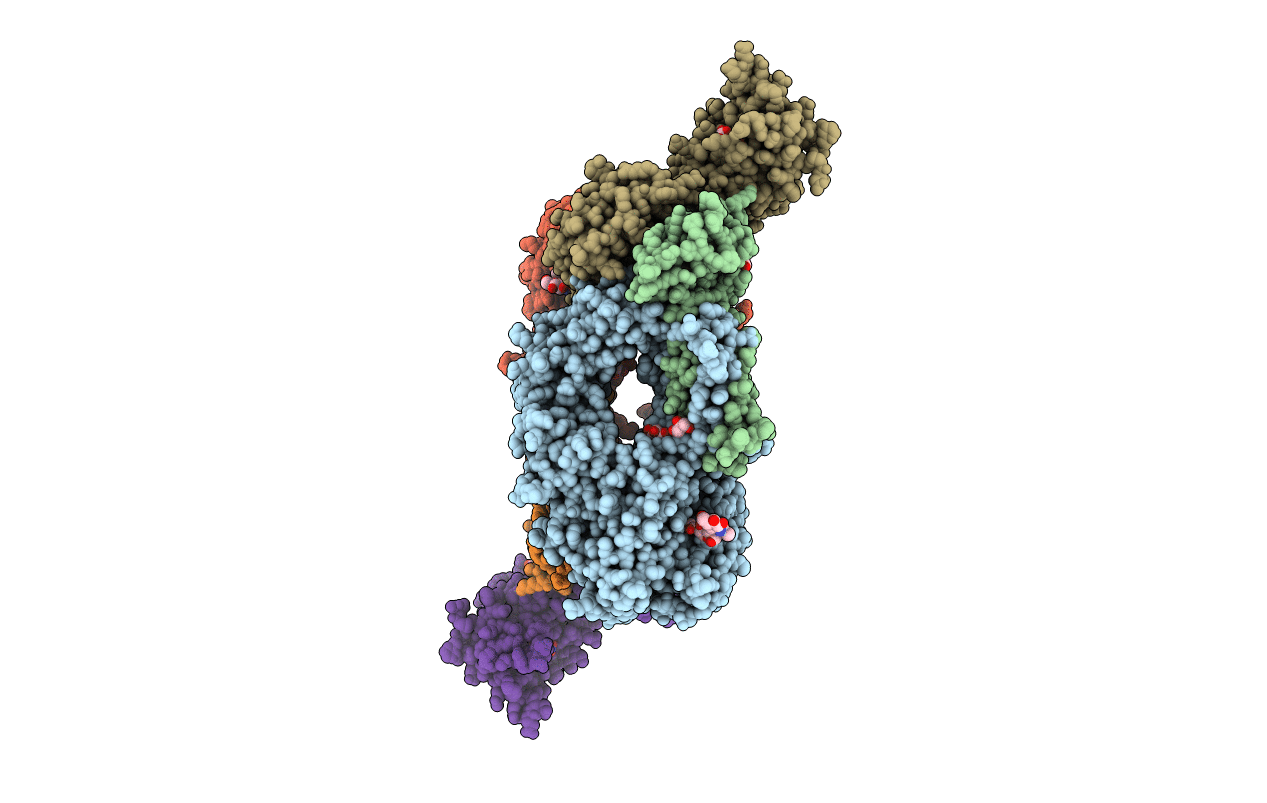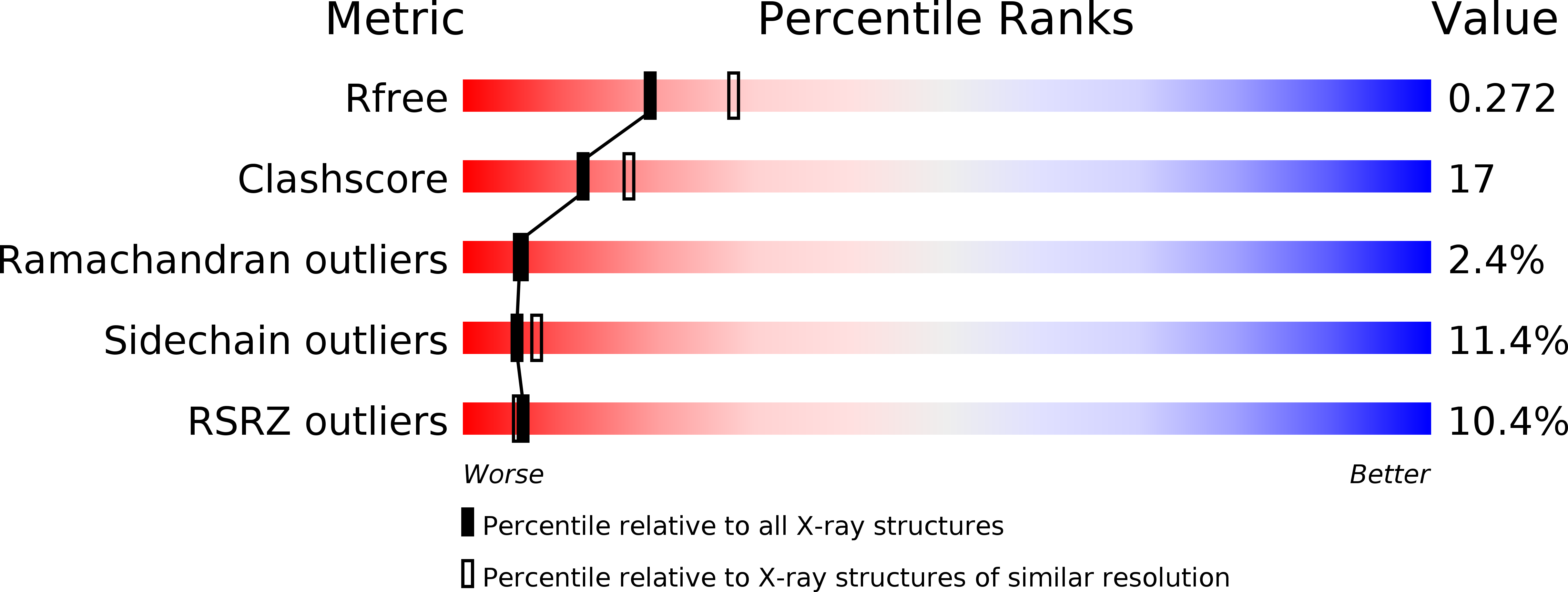
Deposition Date
2005-07-04
Release Date
2005-09-27
Last Version Date
2024-10-16
Method Details:
Experimental Method:
Resolution:
2.40 Å
R-Value Free:
0.27
R-Value Work:
0.21
R-Value Observed:
0.21
Space Group:
P 21 21 2


